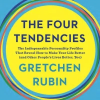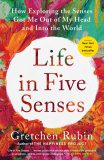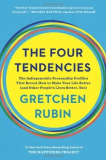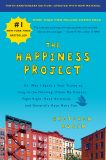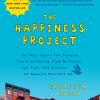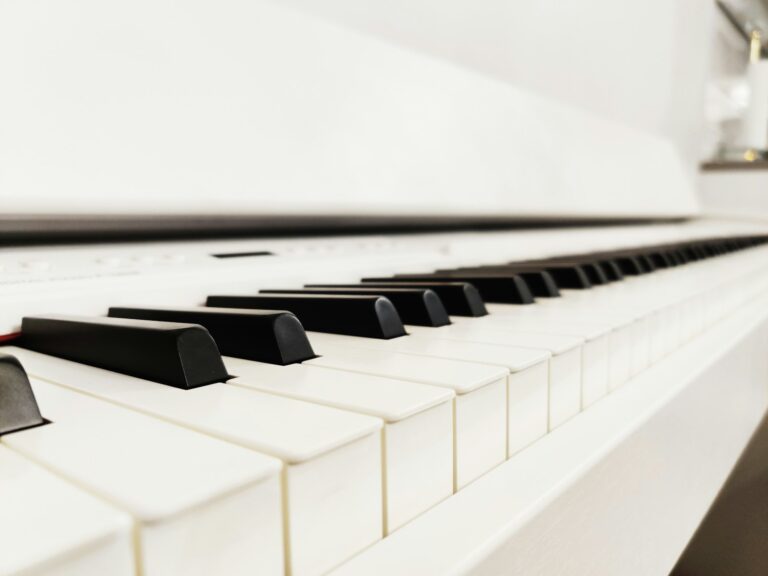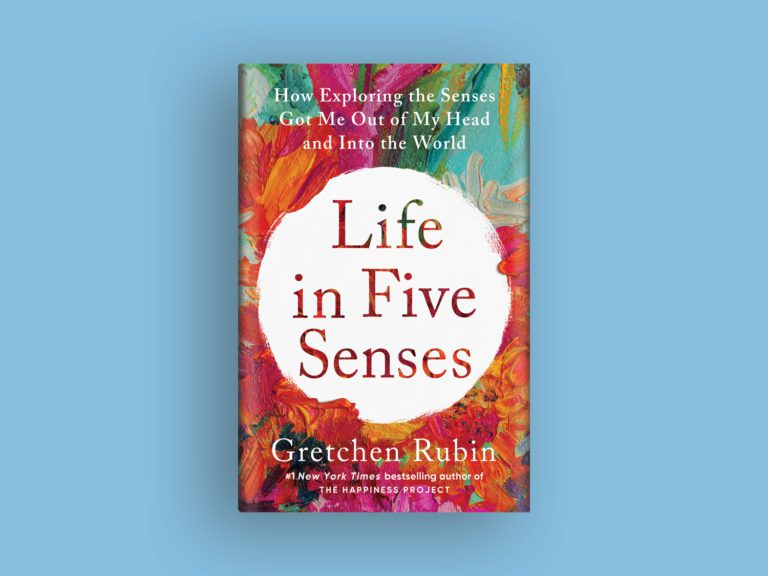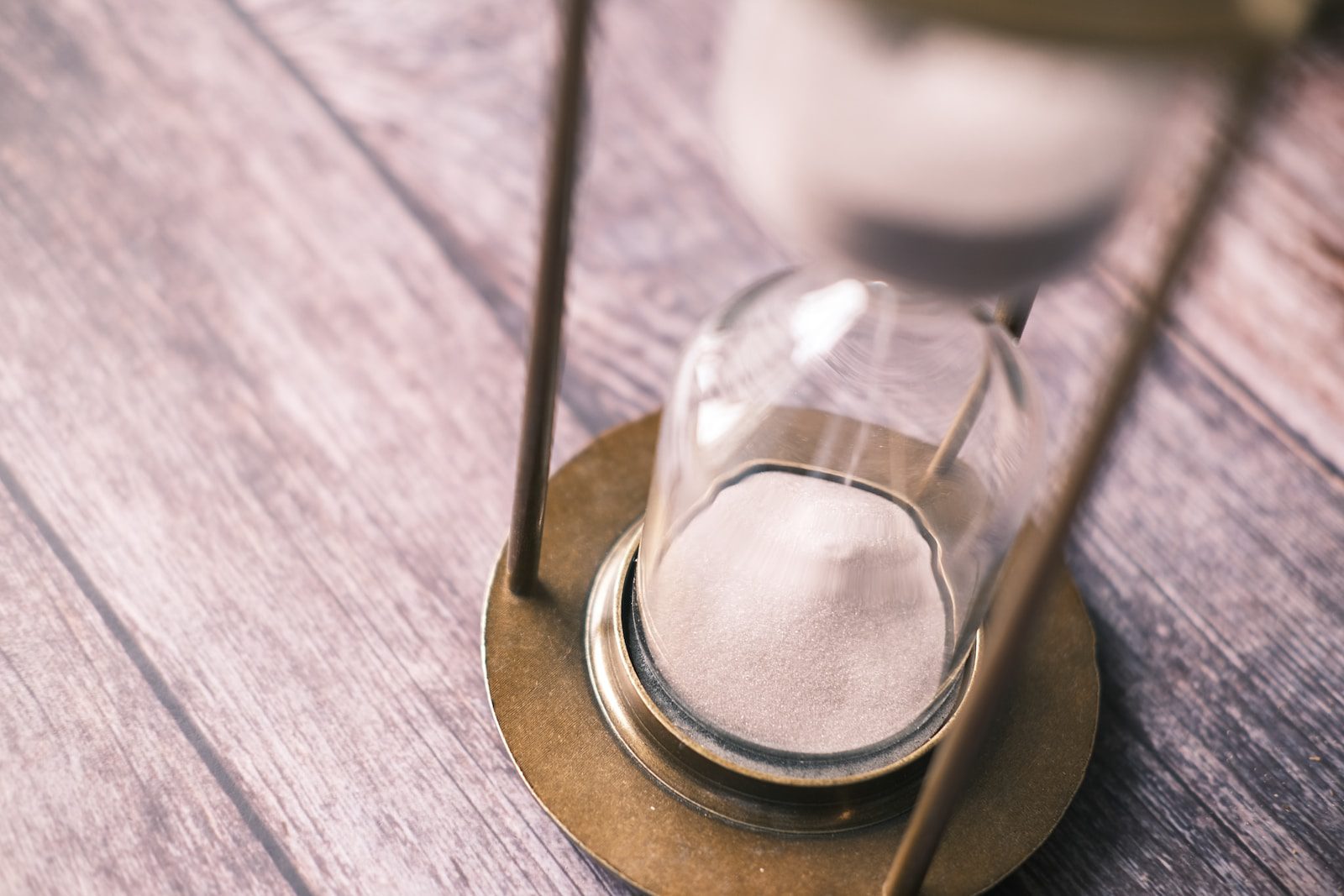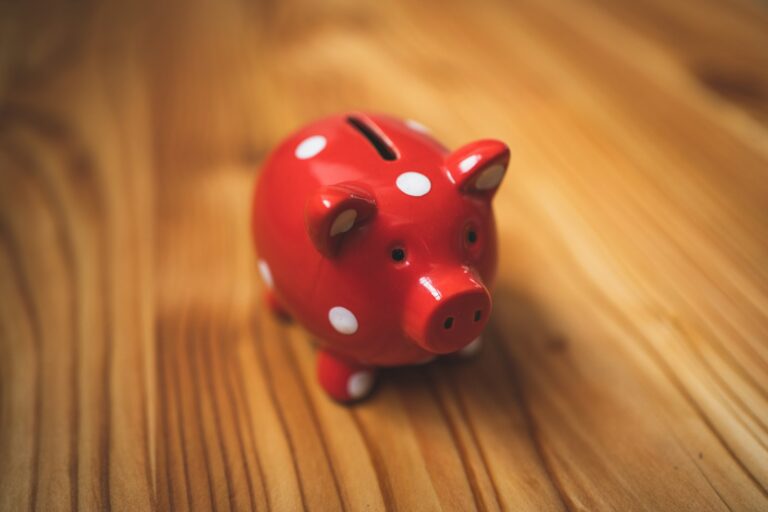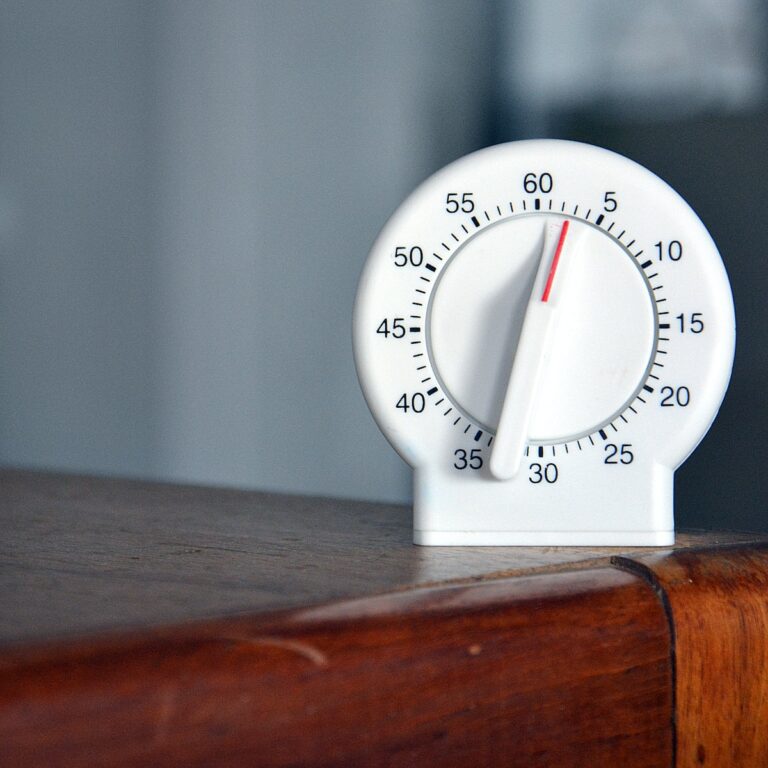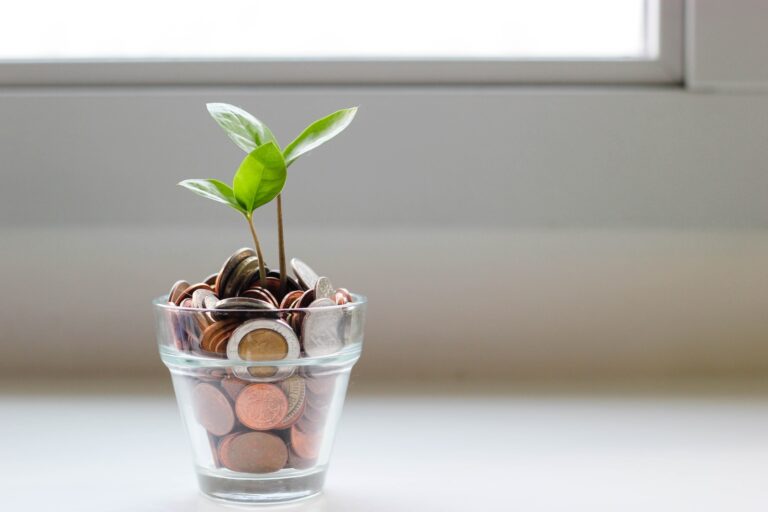When it comes to happiness, often we know what would make us happier, we just don’t do it. It’s not an identification problem, it’s an execution problem.
We know we’d be happier if we exercised, read more, yelled at our children less, got more sleep, volunteered…but somehow, those things don’t happen.
That’s why understanding the 21 strategies of habit change is so important. When we change our habits, we can change our lives.
Because I wrote a book about habit change, Better Than Before, I’ve had countless conversations with people about their habits. I’ve found that most habits and actions that people want to pursue fall into nine categories:
- Energy: exercise and sleep
- Productivity: focus, work, progress
- Relationships: connect and deepen
- Recharging: relax and rest
- Order: clear and organize
- Purpose: reflect, identify, engage
- Mindful Consumption: eating, drinking, spending, scrolling
- Mindful Investment: save, support, experience
- Creativity: learn, practice, play
“Mindful Investment” is one of the most interesting categories.
This category includes habits and actions related to the wise investment of our time, energy, and money. Are we spending those resources purposefully, in a way that reflects our values and support our long-term happiness?
Sometimes, a mindful investment requires a single action; sometimes, a consistent habit.
Some investments make our current lives better—buying an upgraded laptop, joining a monthly potluck dinner group with the new neighbors.
Some investments set us up for a better future—taking a weekly online course needed for a promotion, saving for a big trip.
Some investments relate to ourselves, such as investing money in a new bike, and others put our values out into the world, such as investing time in composting.
Some investments relate to things, such as buying a reading light, and others related to experiences, such as planning a day of rock-climbing. (Note that the line between “things” and “experiences” is often hard to draw—a reading light is a thing, but it’s really about the experience of reading.)
Other examples of mindful investment:
- Upgrading a frequently-used tool
- Investing in gear to support a hobby
- Volunteering to support a cause
- Setting aside time to pursue an aim
- Giving yourself everyday luxuries and healthy treats—when we give more to ourselves, we can ask more of ourselves
- Taking a class
- Participating in a Freecycle group
- Setting aside time to clear out crowded or cluttered areas
- Planning a trip
- Having a buy-nothing month
In my own life, I’ve found that if I don’t pay attention, I tend to drift away from mindful investment. For instance:
Money: I’m an under-buyer, so often I don’t buy things that would improve my work life or home life
Time: I’m focused on my to-do list, so I work on answering all my emails instead of doing the research I’ve been meaning to do, to figure out the best organizations to which to donate
Energy: I’m a homebody, so sometimes I miss opportunities to push myself to have the adventures that will energize me and enrich my life
So I often remind myself to invest my money, time, and energy wisely.
In writing my book Life in Five Senses, about exploring the world through my senses, I realized the importance of investing in my sensory surroundings. For instance, I bought earplugs to protect my ears from noise, I spent two days at “Flavor University” to train my sense of taste; I’ve been doing “Go Outside 23 in ’23” (spend 23 minutes outside every day in 2023). These mindful investments in my senses have made my life much richer.
As you think about your own aims for “mindful investment,” consider:
- If, by the end of the year, you’d accomplished one thing, what’s the one accomplishment that would make the biggest difference to your happiness?
- Think big. What would you do if you had more time? More energy? More money?
- As you move through your ordinary routine, what people and activities energize you? What people and activities deplete your energy?
- What are some activities that take up your time, but aren’t particularly interesting or useful? Of all the work you do, what task would you most like to stop doing? Can you delegate it?
- What aspect of your life fills you with the most purpose?
- Imagine yourself five years from now, looking back on this time. What will your future-self wish you’d done now?
- Consider the items you use every day. Would upgrading any of these items improve your experience? Pay special attention to anything related to sleep and exercise—they’re very important for happiness, so worth the investment.
- Healthy treats and everyday luxuries make us happier and boost our feeling of self-command. What are your healthy treats?
- Is there a skill you’ve always wanted to learn, for work or for fun?
- Could you make a small investment that would unlock a big benefit? For instance, if you bought an outdoor chair, you could have coffee on your porch; if you bought some graphic-design software, you could do better work on a creative project.
- What values are important to you, and how might you use your time, energy, or money to support them? For instance, you could donate money to a voter-registration organization, and volunteer your time to help register people get registered.
If we want to make our lives happier, healthier, more productive, and more creative, it’s crucial to spend our time, energy, and money wisely.

